Louis Badolato
Lieutenant General
- Joined
- Apr 25, 2005
- Messages
- 18,442
Tremendous photos, Kevin, as usual!:salute::
Tremendous photos, Kevin, as usual!:salute::
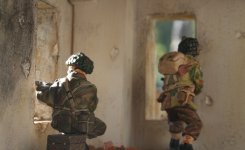
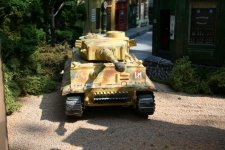
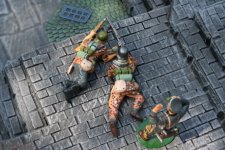
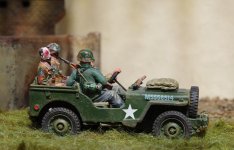
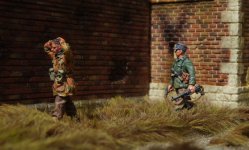
The two middle photos bring back some great memories, Kevin!:salute::
It only took another hour, until 07.30, for those who had taken shelter in the houses to also be forced to surrender.
View attachment 289830
A tank fired shells at point-blank range into the house .........
View attachment 289831
...... whilst all the exits were covered by machine-guns.
View attachment 289832
Hardly any of the 140 1[SUP]st[/SUP] Battalion men who carried out the attack returned to safety that day. Nine were killed, including an officer and two sergeants.
The rest were either wounded and taken to St Elizabeth Hospital ........
View attachment 289833
....... or taken away as prisoners under SS escort.
View attachment 289834
Only a few evaded capture or escaped later.
The two middle photos bring back some great memories, Kevin!:salute::
Indeed they do! Happy days.
I remember that Tiger being one of K&C's first, but I can't remember, is it wooden?
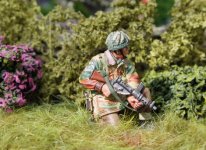
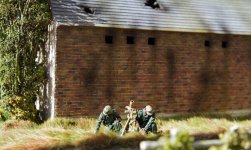
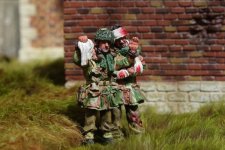
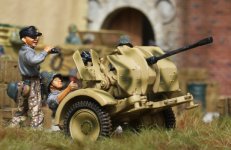
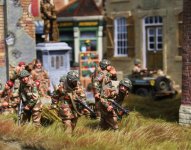


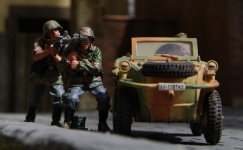
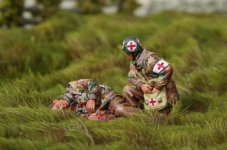
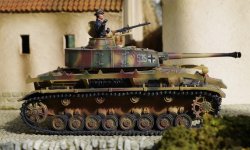
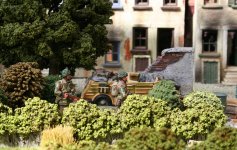

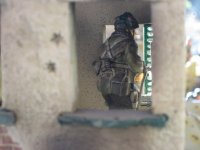
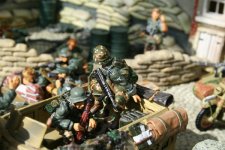
Awesome storytelling in miniature. Absolutely cool
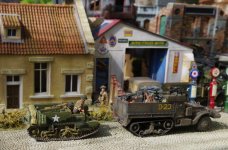
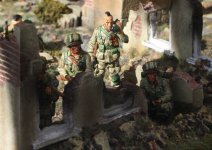
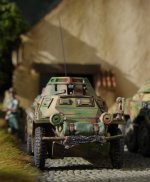
Kevin,
Enjoyed the call yesterday! You called while Morgan, I and three other buddies were having lunch at Bryant & Cooper, and we wished you could have been there with us, out-eating and drinking Morgan again! LOL:salute::

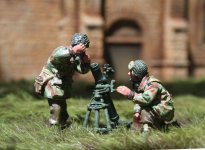
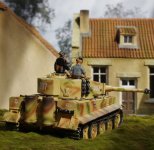
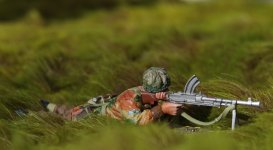
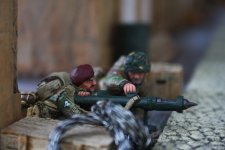
Beautiful thread. Thank you for sharing your work and collection.
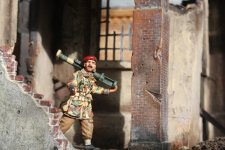
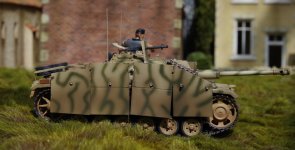
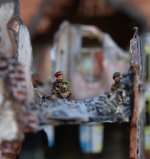
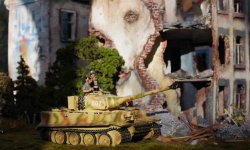
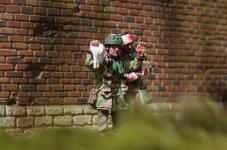
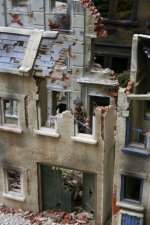 The paras fought hard but their buildings were battered ......
The paras fought hard but their buildings were battered ...... German infantry gained entry in some ......
German infantry gained entry in some ......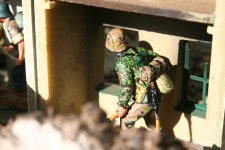 A German soldier is ready with a grenade ....
A German soldier is ready with a grenade ....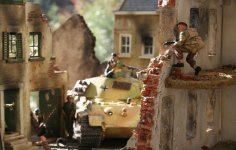 They blasted the paras into surrender .....
They blasted the paras into surrender .....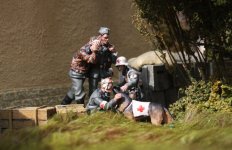 Medical staff were kept very busy ......
Medical staff were kept very busy ......
